About the Wetland
The Leonora Curtin Wetland Preserve is a 35-acre nature preserve at El Rancho de Las Golondrinas in La Cienega.
The Wetland Cienega is a rarity in New Mexico, where only 0.6% of the land is classified as such. The site hosts a bountiful diversity of plants and wildlife. The preserve contains three distinct plant communities or zones: riparian/wetland, transitional, and dry upland.
As you explore the preserve, consider why it is imperative to protect these ecosystems for our community of plants, animals, and people. El Rancho de Las Golondrinas is committed to the preservation of the rich botanical heritage and biodiversity of the region.
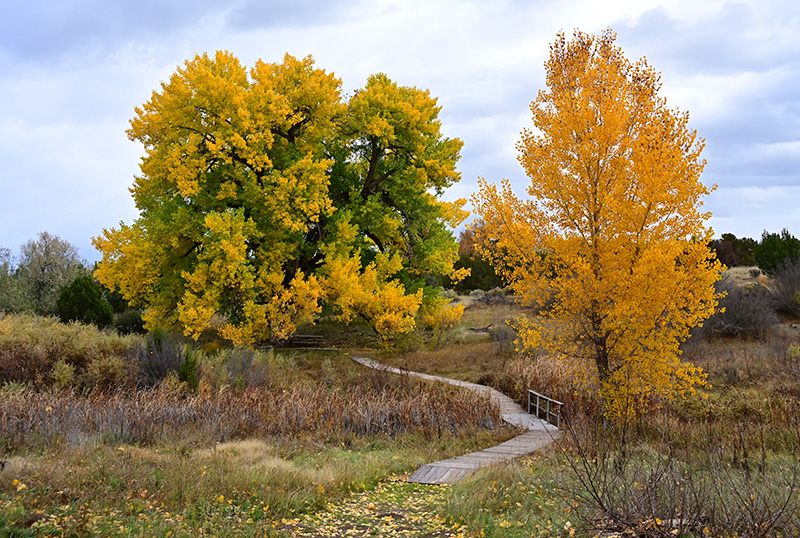
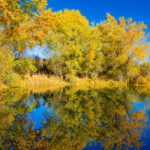 Flora and Fauna
Flora and Fauna
As of 2024, over 900 species of flora and fauna have been identified at the Wetland Preserve, including over 200 species of birds, 40 species of butterflies, and many other wildlife species.
Here are just some of the species that live in this ecosystem. For more information about species, visit our Wetland Resources page

Monarch Butterfly
Danaus Plexippus
Migratory butterfly found in New Mexico in late summer/early fall
Lay eggs on milkweed, the only food source for their caterpillars
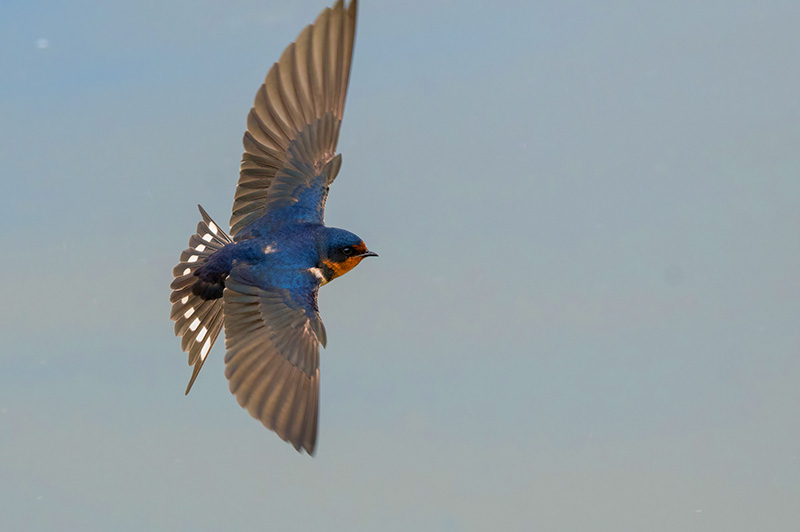
Barn Swallow
Hirundo Rustica
Forage and live in and around fields, lakes, and marshes
Aerial insectivores, majority of their diet is flying insects

Bobcat
Lynx rufus
Can be found in deserts and alpine regions
Specialize in hunting Cottontail and Jackrabbits
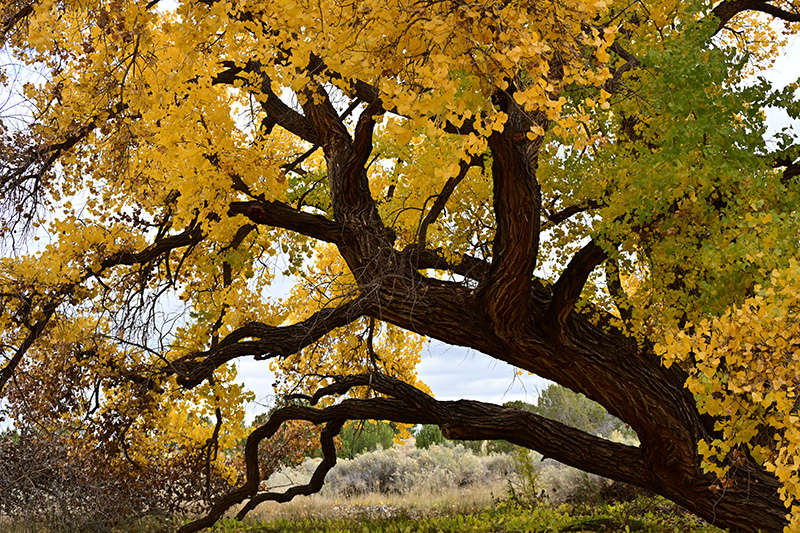
Rio Grande Cottonwood
Populus Deltoides Wislizenii
Grows in water adjacent areas, often signaling water is near
Porcupines and beavers eat its bark
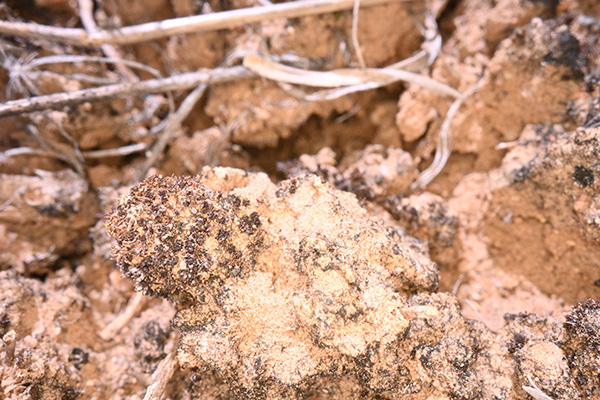
Biocrust Soil
Made up of 1000’s of species living symbiotically
Found on undisturbed soil, can take decades to form and recover from disturbance, so please stay on the path
Reduces erosion and increases moisture absorption in soil, nurtures seedling establishment


